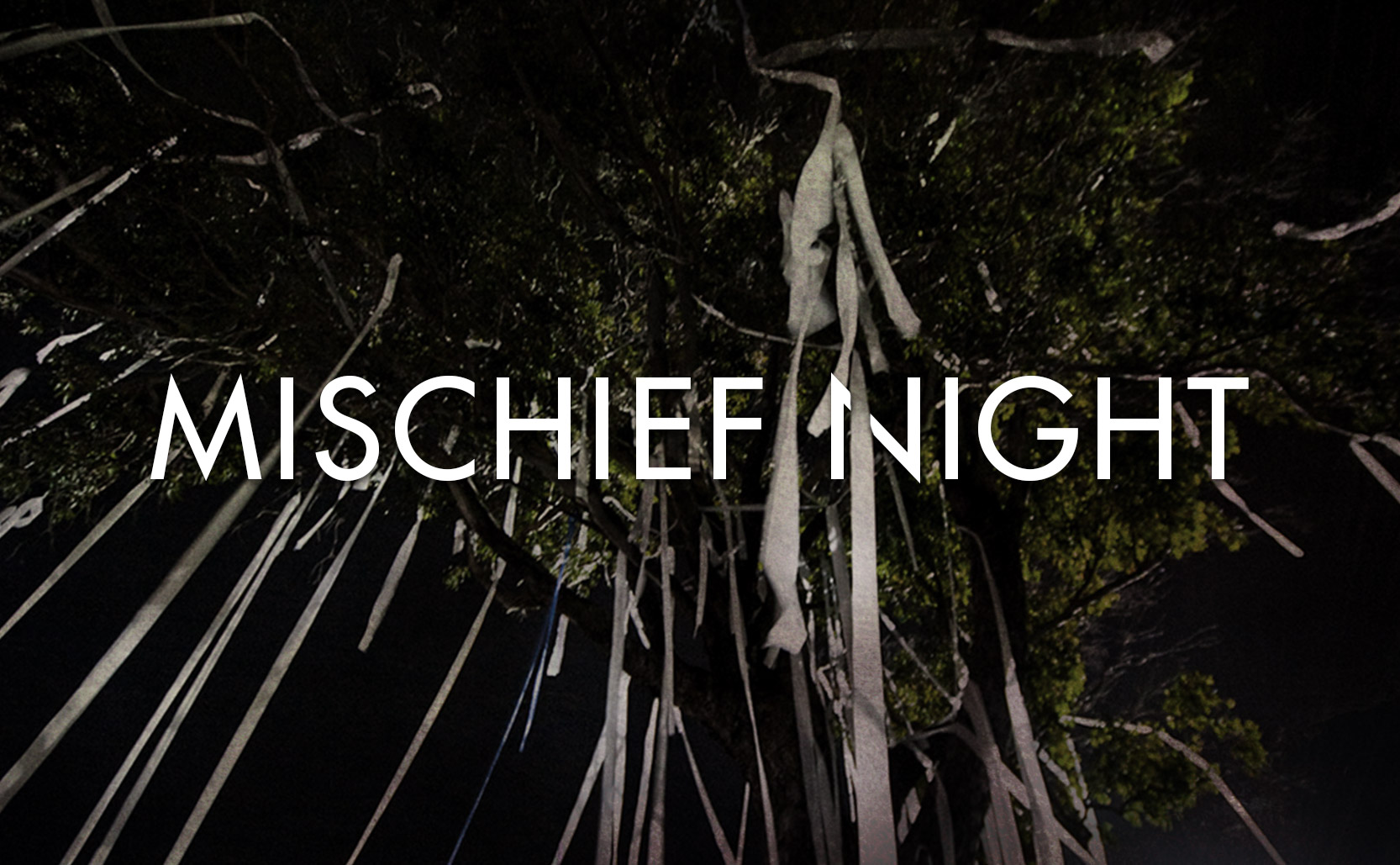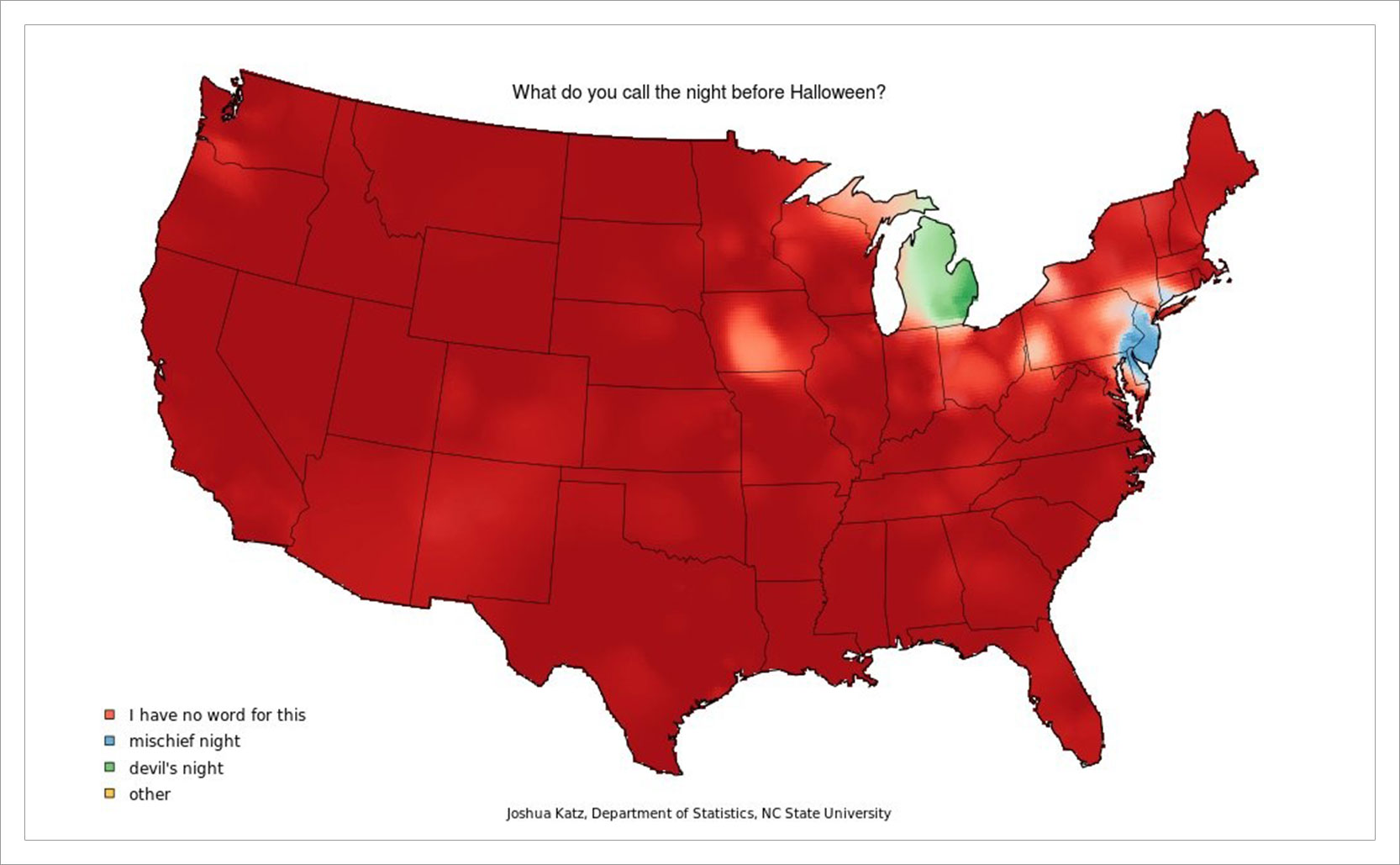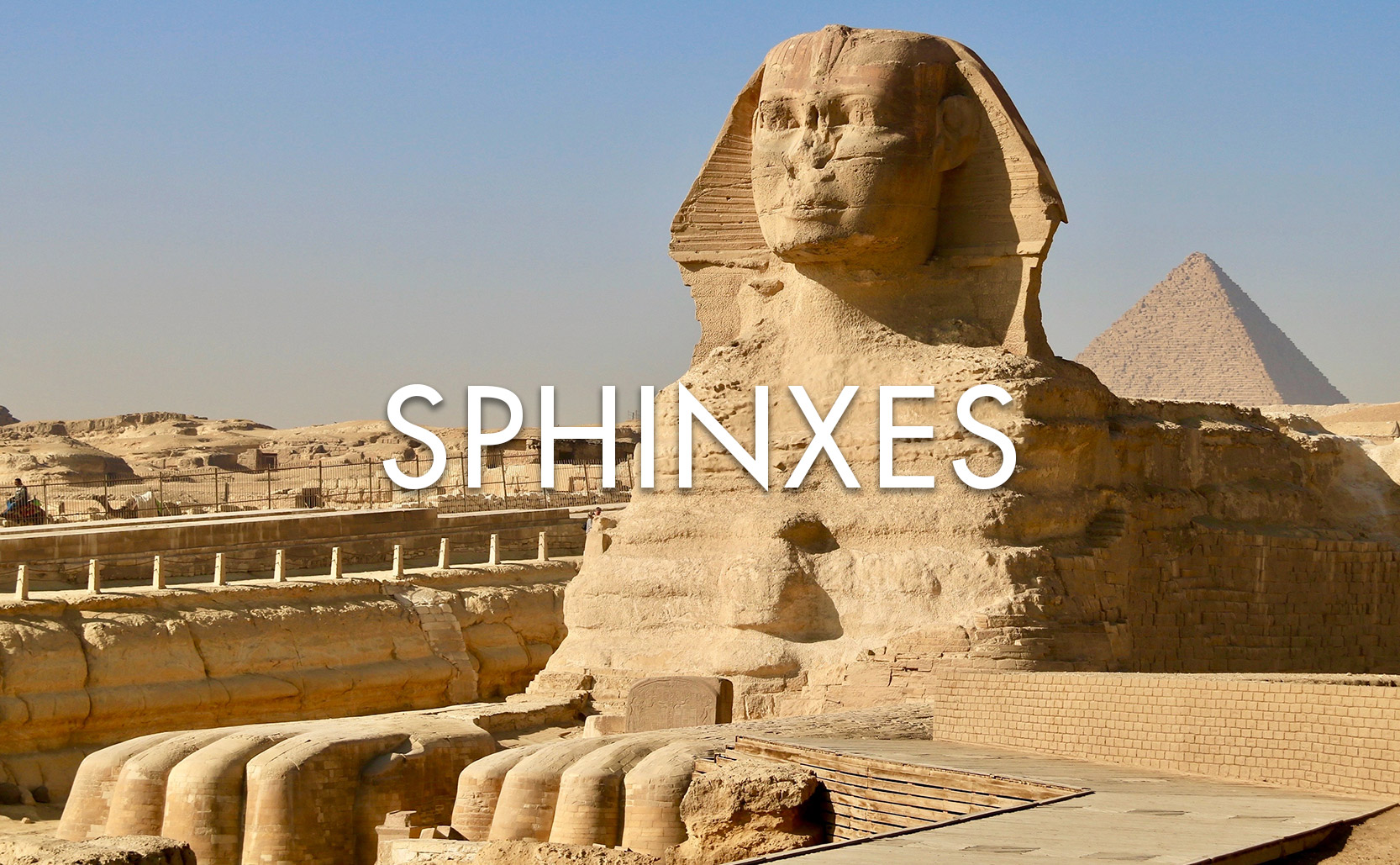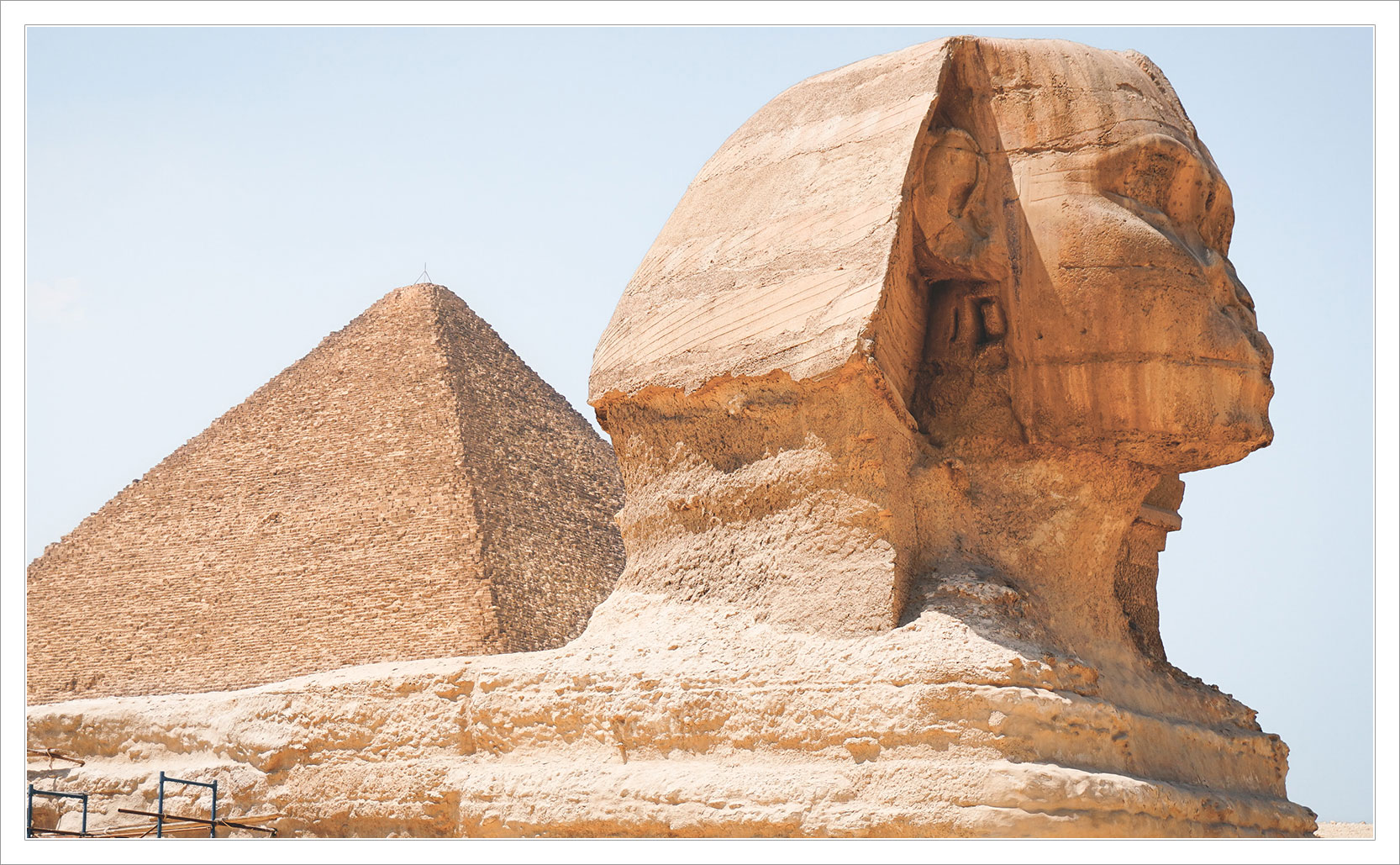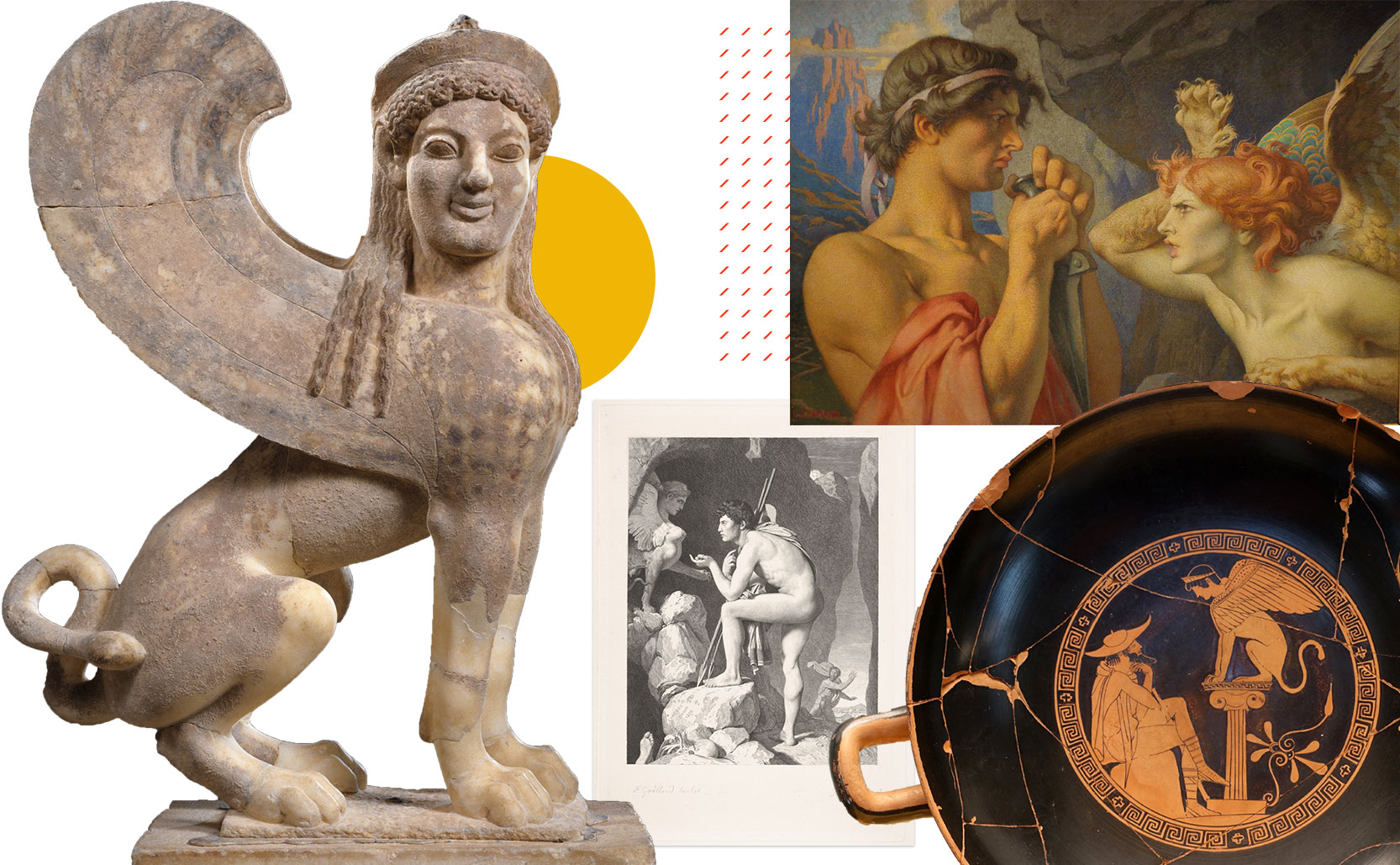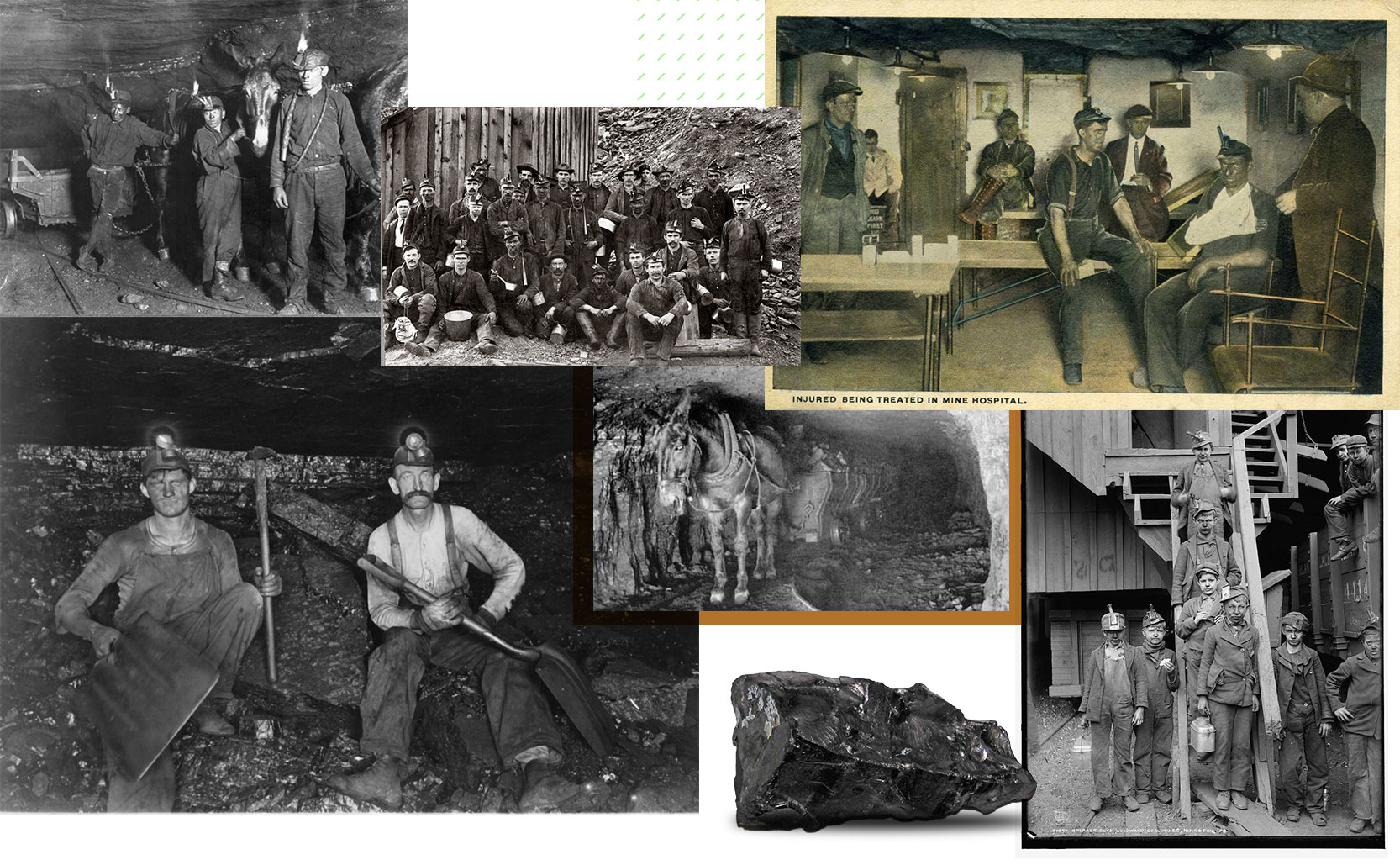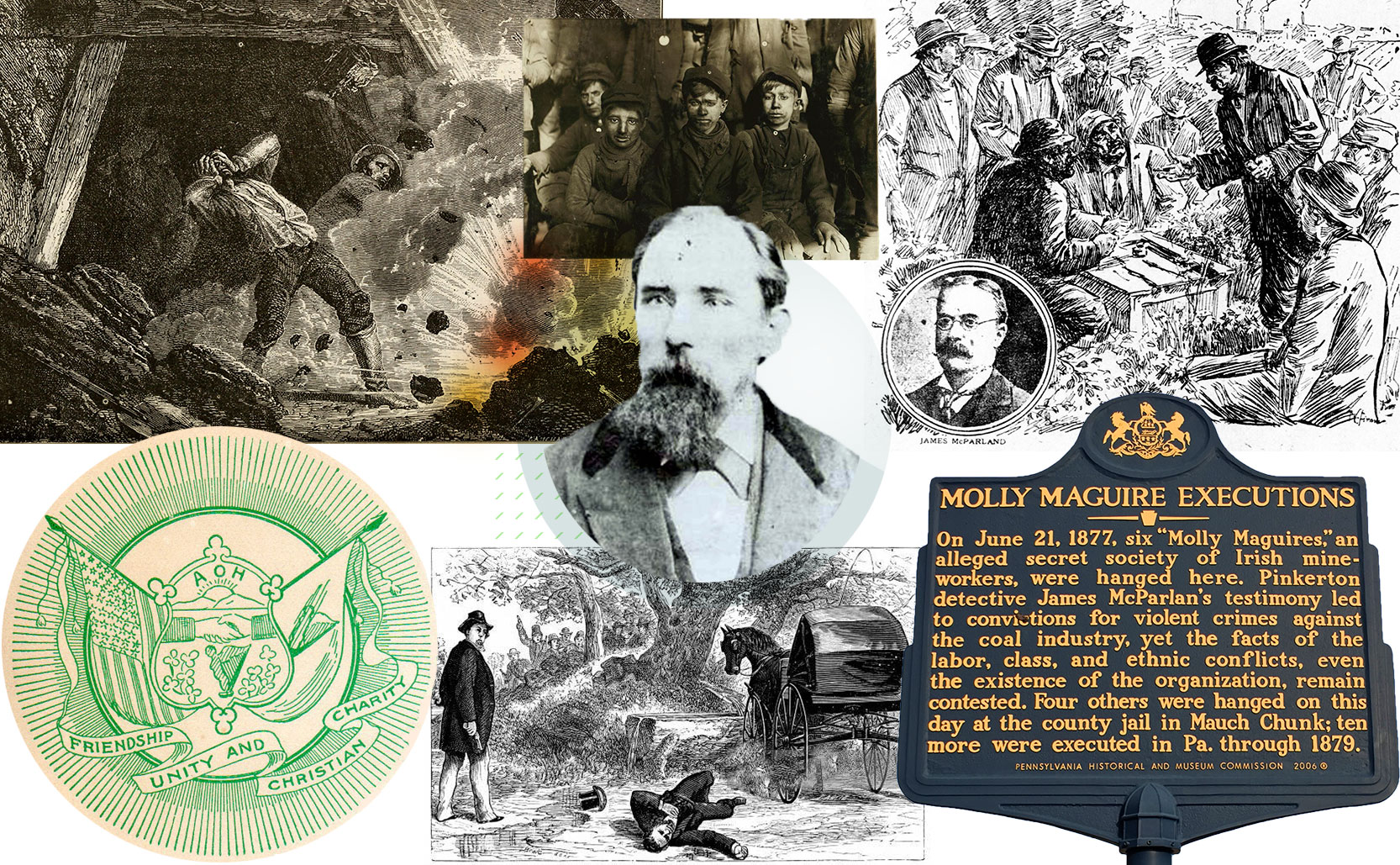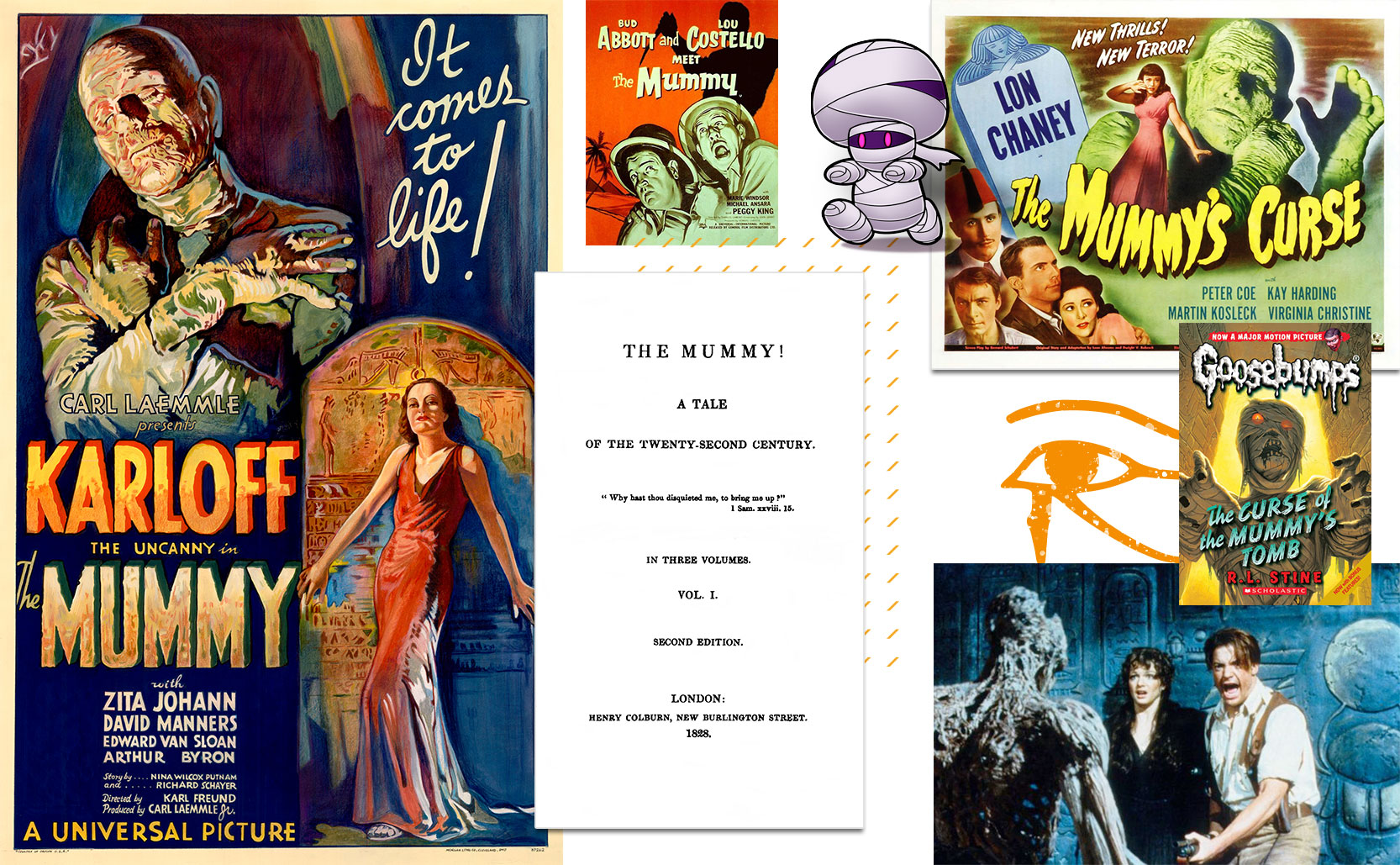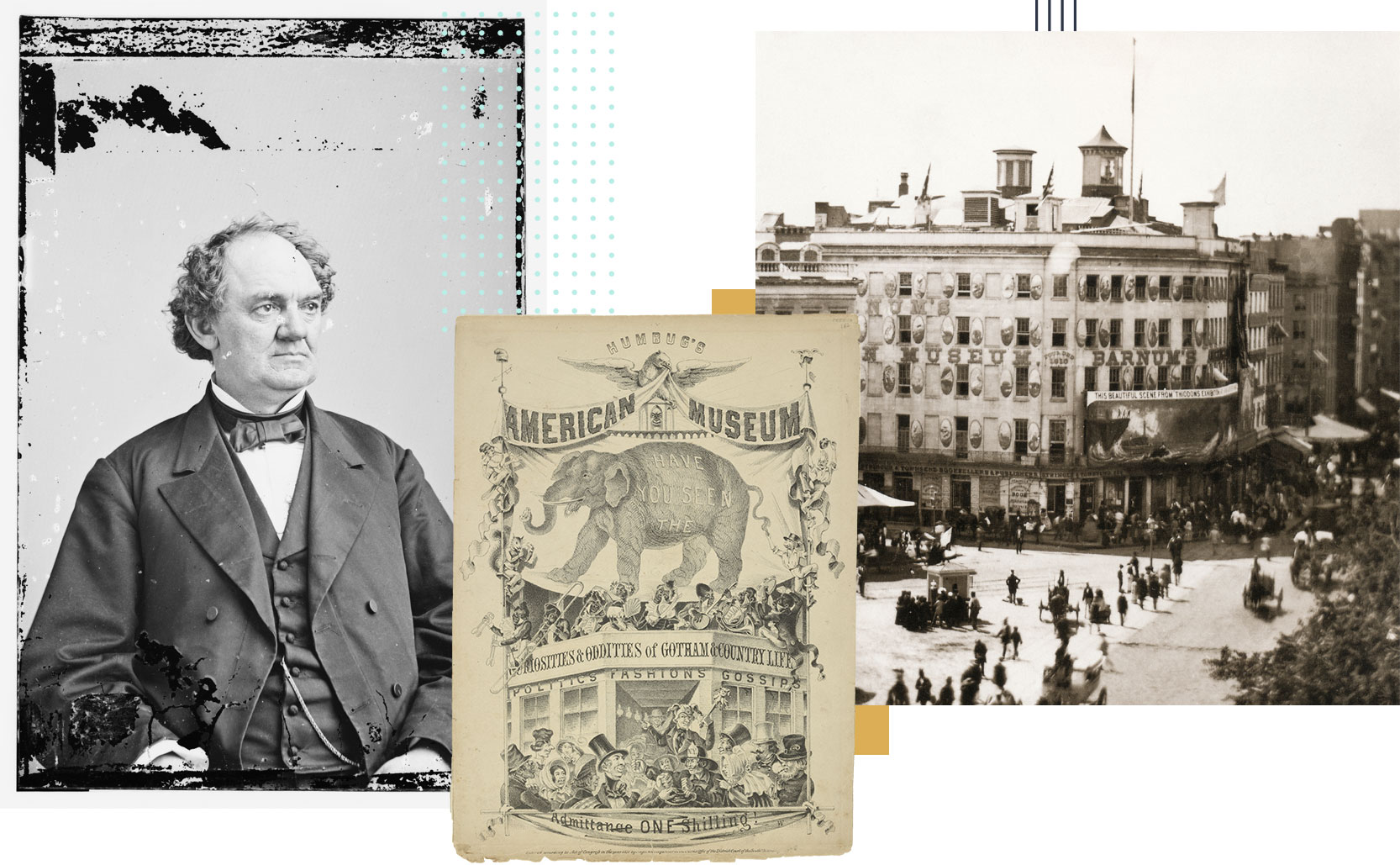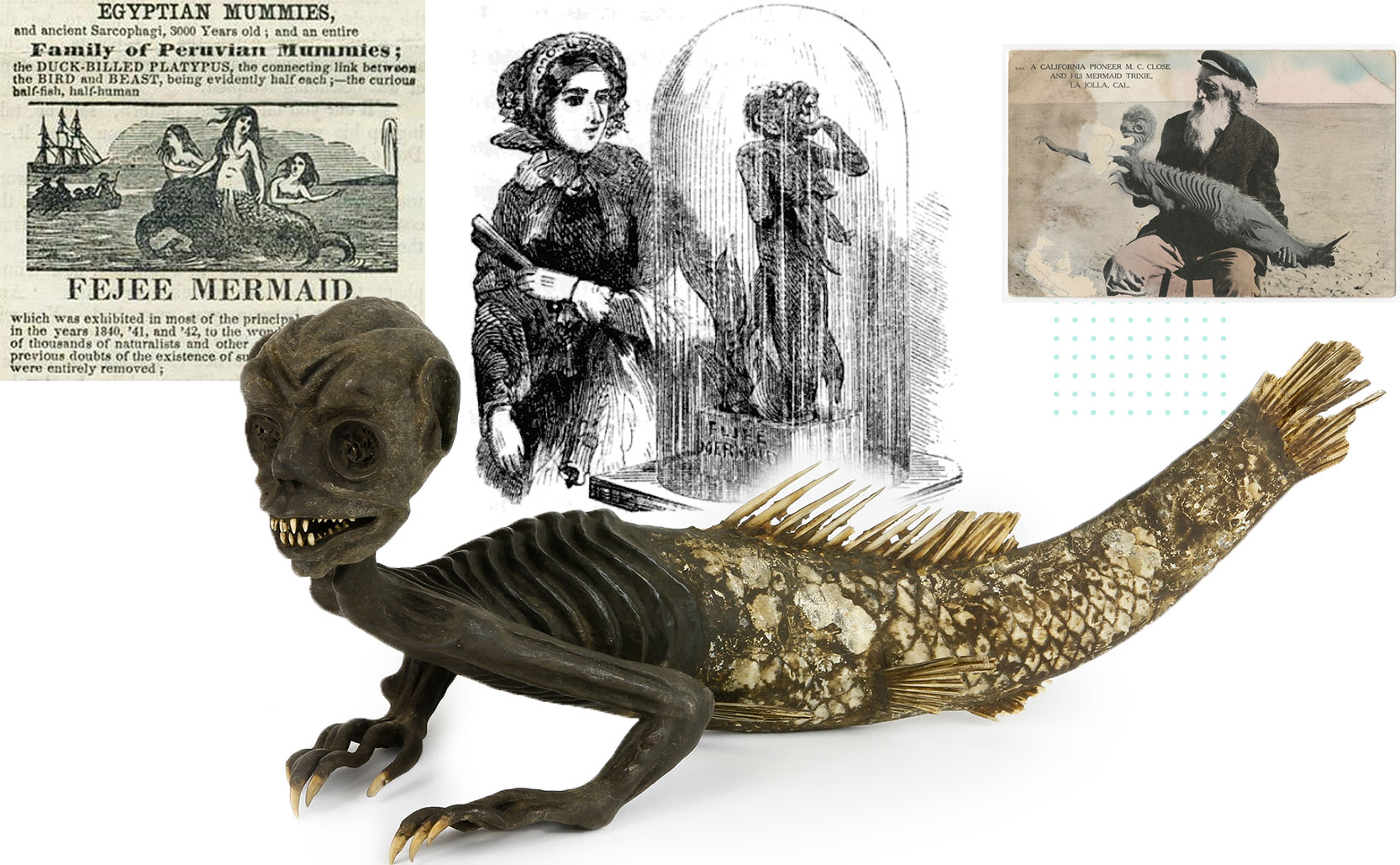Breakfast, Lunch, & Dinner (Supper, & Tea)
The names and details of our daily meals are relatively recent creations.
Breakfast
The clue being in the name, breakfast is the first meal of the day, the meal where you “break your fast” (the fast of not eating overnight in your sleep). That said this first meal of the day wasn’t always first thing in the morning like it is today. Up through the early Middle Ages people would rise and do without eating until after they had worked for several hours.
Further complicating things this late morning first meal of the day, before being called breakfast, was called dinner. From the Old French “disner” meaning “to break one’s fast” the first meal of the day only became “breakfast” in the 15th century. This early meal would be bread, maybe some cheese, and some alcohol (alcohol being safer to drink than water).
Dinner and Supper
As breakfast became breakfast, dinner moved from the 1st time slot to the 2nd. You would eat a small meal upon waking (breakfast), eat a large meal in the late morning to give you energy for the rest of your work (dinner), and then a small meal in the evening. The small meal at the end of the day was supper, from the French “souper”. This was typically a soup that you supped, a soup that was slow cooked throughout the day to be ready in the evening.
But dinner wasn’t done moving and moved again from the 2nd time slot to the 3rd, replacing supper as the last meal of the day. This change wasn’t all at once. The dinner shift in time slot was due to several reasons not least of which was the changing nature of how people worked. When people worked out of their homes or in an agrarian lifestyle in the fields near their homes, it was easier to prepare & eat a large meal in the middle of the day. Through the Industrial Revolution work moved to factories & offices and it became impractical to have a large meal in the middle of the day. As such dinner continued to be the biggest meal of the day but it moved to the end of the day when people returned from work.
That said, while “dinner” is the term most people use for the big meal at the end of the day some people (particularly those of agricultural backgrounds) still call this meal supper. Generally speaking though “dinner” and “supper” are seen as synonymous terms for the same meal. As such the Last Supper could have been the Last Dinner.
Lunch
With breakfast at the start of the day, and dinner now the last meal of the day, this left a time slot opening in the middle of the day. Lunch is essentially if dinner and supper switched places and supper changed its name. Starting in the 18th century lunch became a small midday meal, increasing in popularity as more and more people had their dinner at the end of the day.
Tea Time
So what is tea / tea time? After the Portuguese Catherine of Braganza introduced tea to England in the 17th century it eventually became a staple of British life. Tea as a meal took two forms: Afternoon Tea and High Tea. Confusingly, afternoon tea is the classier of the two.
Tea was originally had after the large midday meal of dinner, as tea was believed to assist digestion. As dinner moved to the end of the day tea time was created as a way to hold people over between lunch and dinner while still having tea after midday. Afternoon tea, as the name suggests, was served in the afternoon. It was a light meal of tea served with cucumber sandwiches, scones, cakes and other elegant snack foods – it’s tea time of the upper class (because who else had the time to break for fancy foods in the midafternoon?). High tea on the other hand was the meal of the working class. Working people couldn’t take a break midafternoon so they had their tea with heartier snacks after they came home in the evening but before their supper (or dinner).
As dinner replaced supper as the final meal of the day some people in British countries merged dinner and high tea, calling this meal “tea”.



